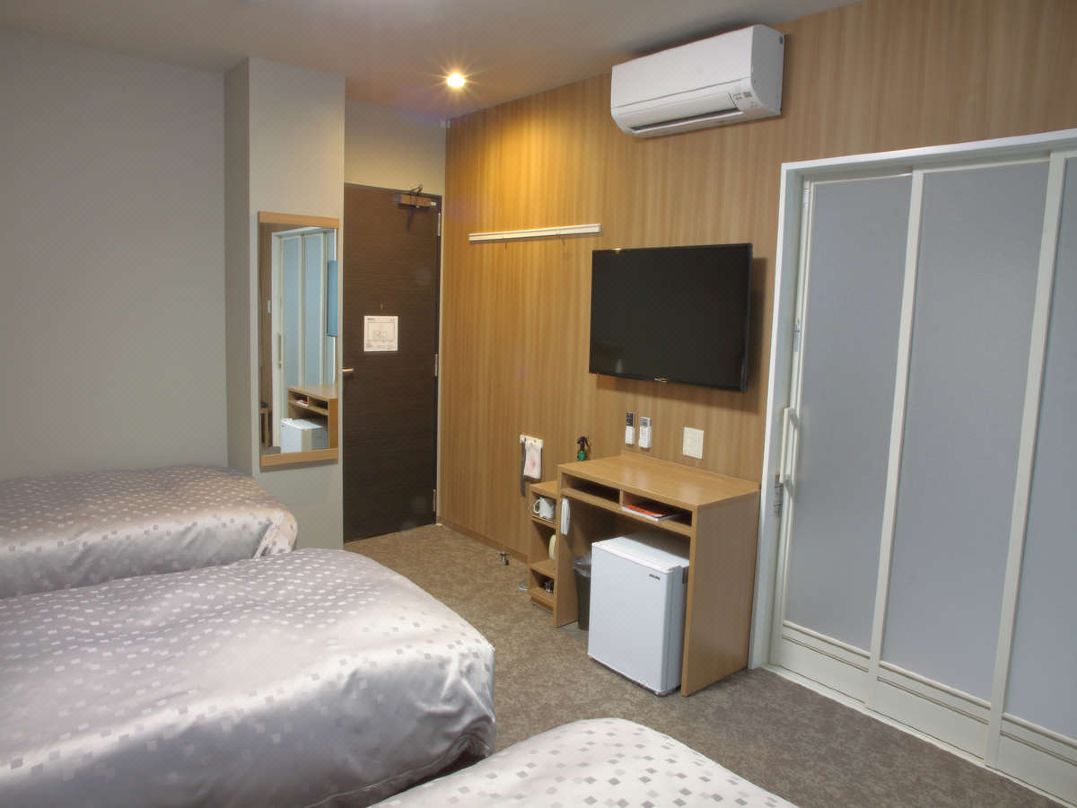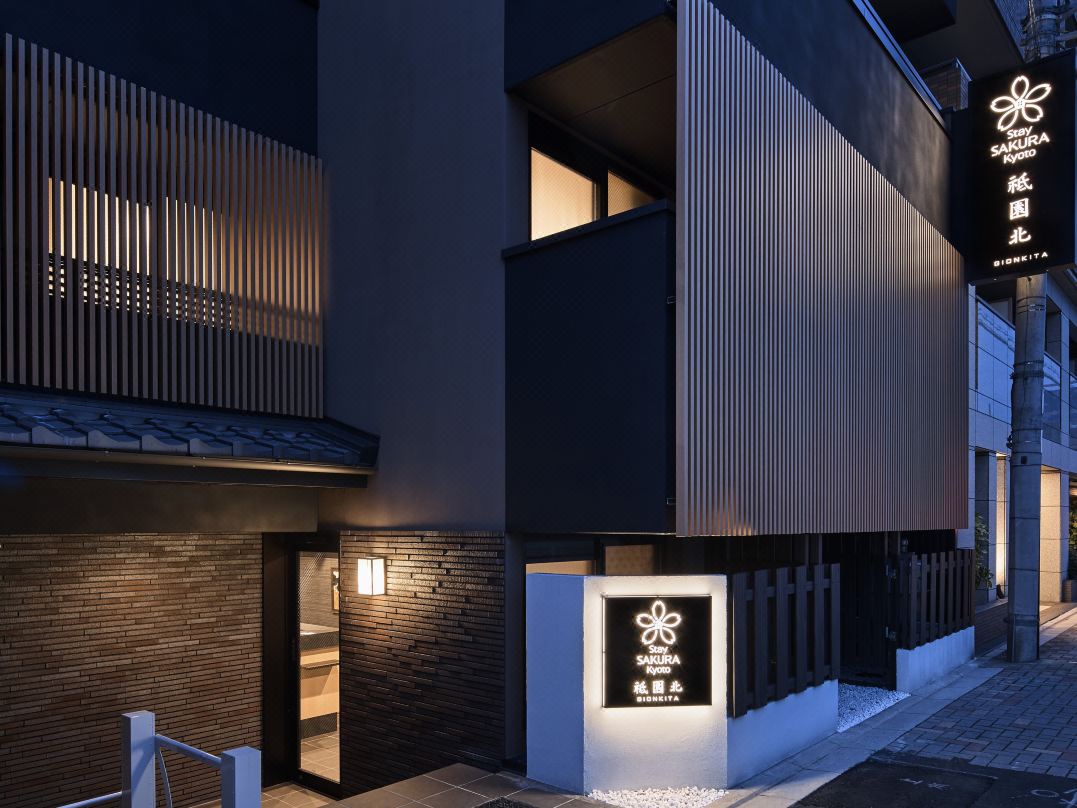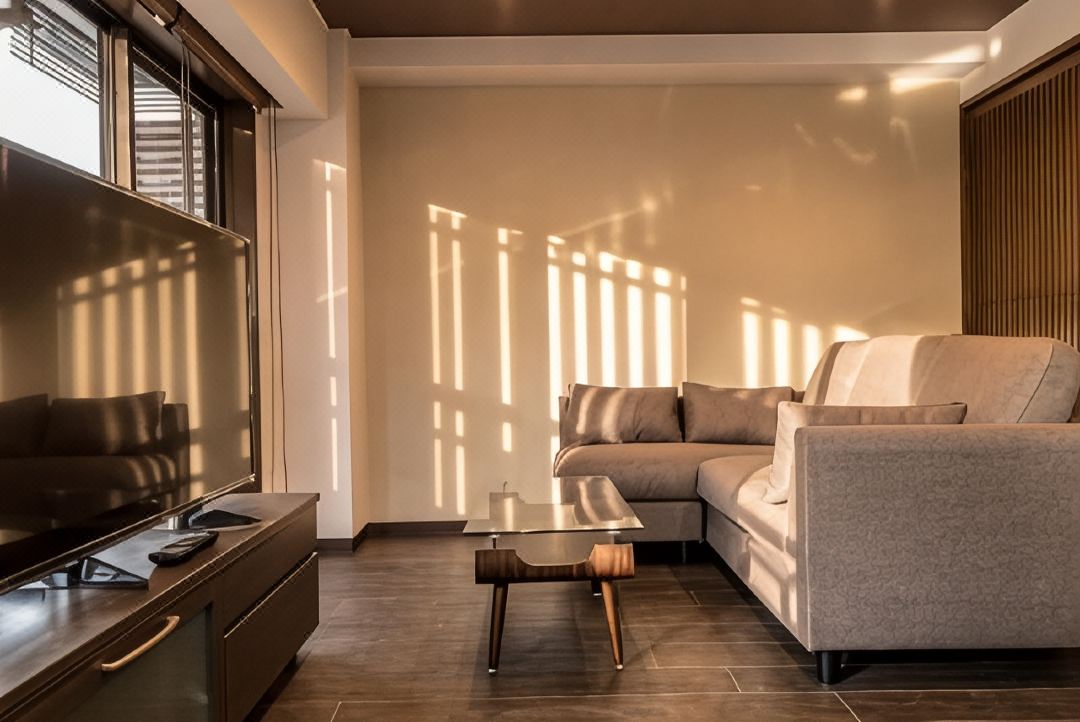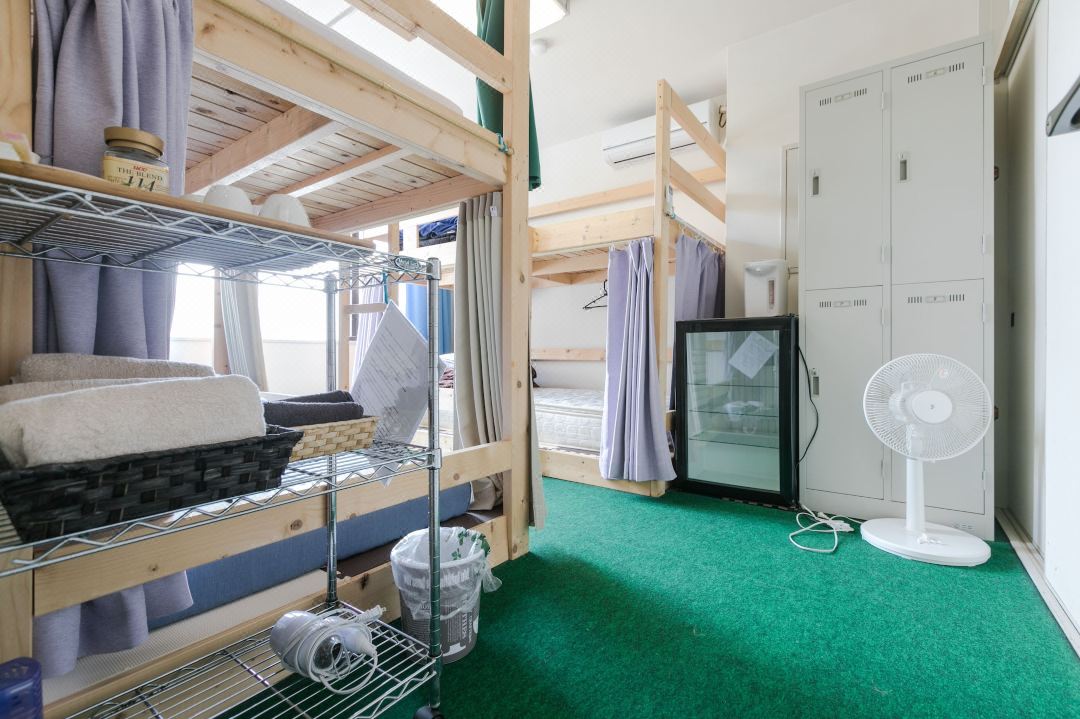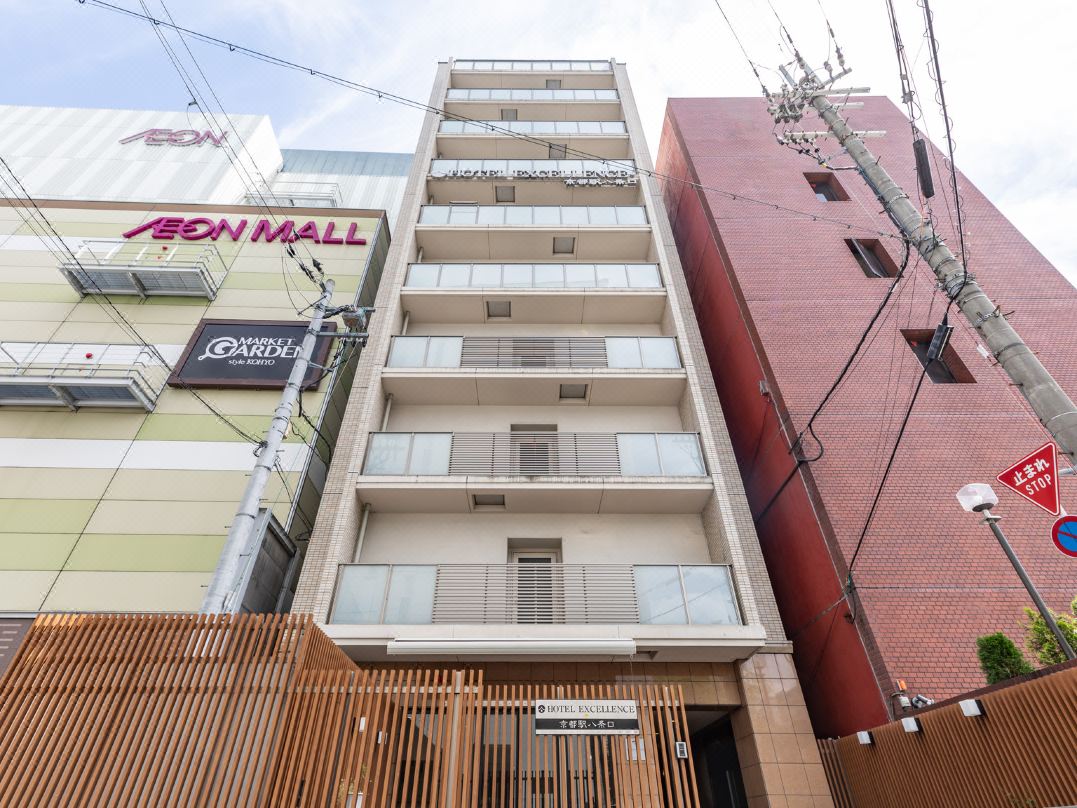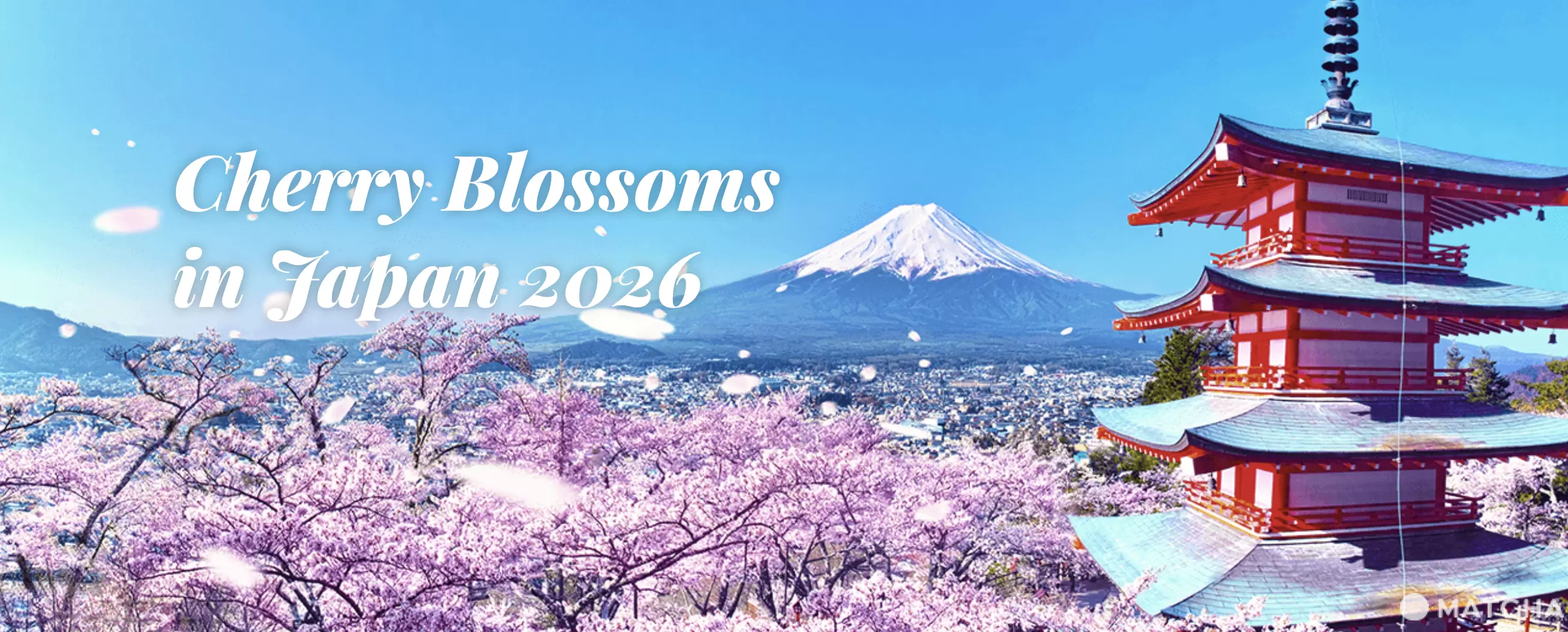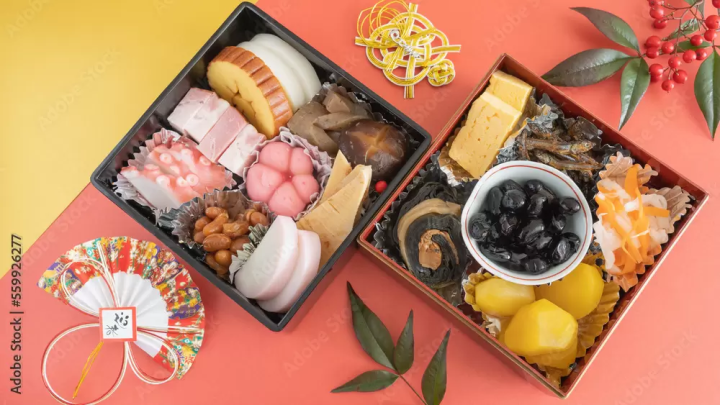25 Famous Temples in Kyoto: Classic Temples, Scenic Sites, and More

Walking around Kyoto, you'll come across temples and Zen gardens at every corner. This article features 25 renowned temples, including favorites like Kinkakuji (The Golden Pavilion) and Ginkakuji, as well as popular spots for seasonal beauty.
Kyoto's Famous Temples
Must-Visit Classic Temples
1. Kiyomizudera Temple
2. Kinkakuji, the Golden Pavilion
3. Ginkakuji, the Silver Pavilion
4. Toji Temple
5. Byodoin Temple
Temples with Famous Flower Gardens
6. Ninnaji Temple
7. Daigo Temple
8. Sanzen'in Temple
9. Yoshiminedera Temple
10. Yokokuji Temple (Yanagidani Kannon)
Temples Famous for Scenic Beauty
11. Eikando Temple
12. Tofukuji Temple
13. Tenryuji Temple
14. Nanzenji Temple
Other Well-Known Temples in Kyoto
15. Saihoji Temple
16. Yasaka Koshindo Temple
17. Nishi Honganji Temple
18. Higashi Honganji Temple
19. Sanjusangendo Temple
20. Kenninji Temple
21. Kodaiji Temple
22. Chion'in Temple
23. Daitokuji Temple
Temples Worth Visiting on a Day Trip
24. Kuramadera Temple
25. Enryakuji Temple
Read also
Must-Visit Classic Temples
We'll begin by introducing famous temples that always appear on itineraries for first trips to Kyoto.
1. Kiyomizudera Temple

Kiyomizudera was founded in 798 and its history spans over 1,200 years. The most famous feature of this temple is the large observation deck built on a cliff without a single nail using traditional construction methods. The stunning structure is supported by Japanese cypress trees over 400 years old.
Kiyomizudera's observation deck went through renovations at the end of 2020; the scaffolding was removed and rebuilt. When you come to Kyoto, be sure to gaze at the city from the large deck of Kiyomizudera.
If you happen to watch the lighting event at night, do not miss the opportunity to appreciate the night view of Kyoto from Kiyomizu's stage.
Kiyomizudera Temple
Address: 294 Kiyomizu 1-chome, Higashiyama, Kyoto City
Official website: https://www.kiyomizudera.or.jp/en/
Hotels near Kiyomizudera Temple
2. Kinkakuji, the Golden Pavilion

Kinkakuji, the Golden Pavilipn, is a building inside Rokuonji Temple. It was built in 1397 by the shogun Ashikaga Yoshimitsu and enshrines the Bodhisattva Kannon, the goddess of Mercy. It is called Kinkakuji because the entire structure is covered inside and out with gold leaf, shining brightly.
After burning down in 1950, it was reconstructed in 1955 and designated as a World Cultural Heritage site in 1994. The beauty of the Golden Pavilion continues to attract a large number of visitors every year.
Kinkakuji, the Golden Pavilion - Rokuonji Temple
Address: 1 Kinkakuji-cho, Kita, Kyoto City
Official website: https://www.shokoku-ji.jp/en/kinkakuji/
Hotels near Kinkakuji Temple (Golden Pavilion)
↑ Return to the top of article.
3. Ginkakuji Temple

A temple of the Rinzai sect of Zen Buddhism, Ginkakuji is officially named Jishoji and was established by the shogun Ashikaga Yoshimasa in 1482.
In contrast to the magnificent appearance of the Golden Pavilion, Ginkakuji is relatively simple and elegant. However, the sandy garden in front of the main hall exudes a strong Zen ambiance. It is also well-loved by visitors.
Ginkakuji - Jishoji Temple
Address: 2 Ginkakuji-cho, Sakyo, Kyoto City
Official website: https://www.shokoku-ji.jp/en/ginkakuji/
Hotels near Ginkakuji (Higashiyama Jishoji Temple)
4. Toji Temple

Toji is the head temple of the Shingon sect of Buddhism. It was built to protect the country in 796 and established to the east of the Heian-kyo capital (modern-day Kyoto). As a result, it is also called Kyo-o Gokokuji.
Although the buildings on the premises have a history of burning down, they have maintained their original appearance through repeated reconstructions. Among them, the 55-meter-high five-story pagoda, rebuilt using ancient methods by Tokugawa Iemitsu, is the tallest pagoda in Japan.
Toji Temple houses many cultural assets of Shingon esoteric Buddhism and was designated as a World Cultural Heritage site in 1994.
Toji Temple
Address: 1 Kujo-cho, Minami, Kyoto City
Official website: https://toji.or.jp/ (Japanese)
Hotels near Toji Temple
↑ Return to the top of article.
5. Byodoin Temple

Byodoin, a UNESCO World Heritage Site, is located in Uji City south of Kyoto. The Phoenix Hall is built on an island in a pond, reflecting the spiritual ideals of Pure Land Buddhism.
The Phoenix Hall enshrines the seated statue of Amida Nyorai and can be visited on the inside. On top of the Phoenix Hall, there are two golden phoenix statues facing each other. They also appear on Japan's 10 yen coin.
Byodoin Temple
Address: 116 Uji Renge, Uji City
Official website: https://www.byodoin.or.jp/en/
Hotels near Byodoin Temple (Phoenix Hall)
Read also
Temples with Famous Flower Gardens
Kyoto's temples often have beautiful gardens where visitors can enjoy nature by viewing seasonal flowers. We introduce some of these locations below.
6. Ninnaji Temple

Ninnaji, founded in 888, has a history of over 1,200 years. Emperor Uda once entered the priesthood and established the Omuro school of the Shingon sect of Buddhism. That's why it is also called Omuro Gosho.
Various types of cherry blossoms are planted within the precincts, particularly the late-blooming Omuro cherry blossoms, which have been attracting visitors since the Edo Period.
Ninnaji Temple
Address: 33 Ouchi, Ukyo, Kyoto City
Official website: https://ninnaji.jp/en/
Hotels near Ninnaji Temple
↑ Return to the top of article.
7. Daigoji Temple

Established in 873, Daigoji is a UNESCO World Heritage Site. It is divided into Uda-no-in and Shimo-daigo, with the five-story pagoda designated as a national treasure and historical buildings such as the Kondo.
The temple precincts are home to many different types of cherry blossoms. It has earned Daigoji the reputation as a "flower temple" since the Heian era (794-1185) and impressed even the warlord Toyotomi Hideyoshi.
Daigoji Temple
Address: 22 Daigo Higashioji-cho, Fushimi, Kyoto City
Official website: https://www.daigoji.or.jp/en/
8. Sanzen'in Temple

Photo from Pixta
Located in Ohara, Sanzen'in was established in the 8th century. It was founded by the famous Buddhist monk Saicho at the same time as Enryakuji Temple, which is located on Mount Hiei.
The serene Sanzen'in is famous for its bright red maple leaves in autumn and for its lush greenery and blooming iris flowers in spring and summer, attracting many visitors.
Sanzen'in Temple
Address: 540 Raigoin-cho, Ohara, Sakyo, Kyoto City
Official website: http://www.sanzenin.or.jp/en/
↑ Return to the top of article.
9. Yoshiminedera Temple

Established in 1029, Yoshiminedera is a famous temple in the Nishikyo area of Kyoto. It is known for its two-meter-long pine tree that resembles a dragon protecting the sacred ground.
The temple grounds are filled with hydrangeas, making it a famous spot for hydrangea viewing within Kyoto City. Come autumn, the fall foliage also attracts many visitors.
Yoshiminedera Temple
Address: 1372 Oharano Otashio-cho, Nishikyo, Kyoto City
Official website: http://www.yoshiminedera.com/ (Japanese)
10. Yokokuji Temple (Yanagidani Kannon)

Yokokuji Temple, also known as Yanagidami Kannon, enshrines an Eleven-faced Kannon Bodhisattva statue. Since its establishment in 806, it has been widely revered, particularly by those with eye diseases who come to pray.
The main hall's temple lodge has also appeared in many movies. This building is open for visits on the 17th of every month and during specific events.
The temple is famous for the hana-chozu, which are purification fountains decorated with flower art. The entire precincts are home to beautiful hydrangeas that bloom in June, making this temple a must-visit during the rainy season.
Yokokuji Temple
Address: Kyoto Prefecture, Nagaokakyo City, Jododani, Donotani 2
Official website: https://yanagidani.jp/ (Japanese)
↑ Return to the top of article.
Temples Famous for Scenic Beauty
Zen gardens, fall foliage spots illuminated at night, and more! Read on to learn some of the Kyoto temples famous for their scenic landscapes.
11. Eikando Temple

Image courtesy of Eikando
Founded in the early Heian Period, Eikando Temple is home to many maple trees. Each year, their foliage turns a beautiful shade of red, contrasting with the bridge in the garden. The natural beauty also reflects on Osensui Pond, resembling a poetic painting.
Eikando Temple
Address: 48 Eikando-cho, Sakyo, Kyoto City
Official website: http://www.eikando.or.jp/ (Japanese)
Hotels near Eikando Temple
12. Tofukuji Temple

Tofukuji, built in the Kamakura Period (1185 - 1333), is one of the five Zen temples in Kyoto.
The main hall has been designated a national treasure. Tofukuji's garden has a beautiful stream and two arched bridges: the Tsutekyo Bridge and Engetsukyo Bridge. Maple trees are planted along the undulating terrain, offering a picturesque landscape different from other scenic spots.
Tofukuji Temple
Address: 778 Honmachi 15-chome, Higashiyama, Kyoto City
Official website: https://tofukuji.jp/ (Japanese)
↑ Return to the top of article.
13. Tenryuji Temple

Located in Arashiyama, Tenryuji is one of Kyoto's top five temple. The current buildings have been rebuilt after several fires since the Meiji era (1868-1912).
However, the landscape backdrop of Arashiyama, Kameyama, and Ogurayama helps it retain the appearance from over 600 years ago. During autumn, the fiery foliage decorates the mountains while the red maple leaves in the garden complement each other, creating a beautiful sight.
Tenryuji Temple
Address: 68 Saga Tenryuji Susukinobabacho, Ukyo, Kyoto City
Official website: https://www.tenryuji.com/en/
Hotels near Tenryuji Temple
14. Nanzenji Temple

Located on the east side of Kyoto, Nanzenji has the highest specifications of all Zen temples in Japan. The preserved Biwako aqueduct, the red bricks of the aqueduct bridge, and the early summer greenery present a vibrant contrast.
In autumn, the fiery red maple leaves add a different ambiance to the serene scenery.
Nanzenji Temple
Address: Nanzenji Fukuchicho, Sakyo Ward, Kyoto City
Official website: https://www.nanzenji.or.jp/ (Japanese)
↑ Return to the top of article.
Other Famous Temples in Kyoto
In addition to the temples above, there are plenty of other temples in Kyoto that attract many visitors.
15. Saihoji Temple

Listed as a World Cultural Heritage site, Saihoji is a Zen temple founded in the Nara Period (710 - 784). It was abandoned due to war for a while but was revived in 1339.
The area is covered with over 120 varieties of moss, whose appearance changes along with the fading sunlight during the day. It is affectionately dubbed as the "Moss Temple."
By making a reservation in advance and copying Buddhist scriptures inside, you can calm your mind within a serene space. Then walk on the moss-covered path while comprehending the timeless Zen aesthetic from a microcosmic perspective. Despite the high visitation fee, Saihoji Temple still attracts a constant stream of visitors.
Saihoji Temple
Address: 56 Matsuo-oyamazaki, Nishikyo Ward, Kyoto, Kyoto Prefecture
Official website: https://saihoji-kokedera.com/en/
16. Yasaka Koshindo Temple

Yasaka Koshindo Temple, located near Kiyomizudera, is officially known as Daikoku-san Kongoshoji Koshindo Temple. It is centered around the Blue-faced Kongo statue of the Koshin faith.
Since the sacred messenger in the Koshin faith is a monkey, you can also see the "See No Evil, Hear No Evil, Speak No Evil" three monkeys here. However, the most talked-about feature is the Kukurizaru, a monkey doll with its hands and feet bound, symbolizing the renunciation of desires. It is said that writing your wishes on these Kukurizaru and hanging them in front of the statue can make your wishes come true.
The colorful strings of monkey dolls and the colorful yukata add to the charm, making it a well-known photography spot.
Yasaka Koshindo Temple
Address: 390 Kinyacho, Higashiyama Ward, Kyoto, Kyoto Prefecture
Official website: http://www.yasakakousinndou.sakura.ne.jp/ (Japanese)
↑ Return to the top of article.
17. Nishi Honganji Temple

Nishi Honganji Temple is the head temple of the Pure Land sect of Buddhism and is listed among the World Cultural Heritage sites. The current site of Nishi Honganji Temple was where the warlord Toyotomi Hideyoshi (1537-1598), in an effort to ease tensions with armed followers, had them move from Osaka to this location, thus establishing a deep connection between Nishi Honganji and Hideyoshi.
There are large ginkgo trees in front of Goeido Hall and Amidado Hall. The ginkgo in front of Goeido Hall is over 400 years old and turns a magnificent golden color in late autumn. It is said that during the great fires in 1788 and 1864, water spouted from the trunk, halting the spread of the fires. Hence, it is also known as the Water-Spraying Ginkgo Tree (Mizubuki Itcho).
Nishi Honganji Temple
Address: Kawaramachi-dori, Hanayacho, Shimogyo, Kyoto City
Official website: https://www.hongwanji.kyoto/en/
18. Higashi Honganji Temple

Compared to Nishi Honganji Temple, which had a good relationship with Toyotomi Hideyoshi, Higashi Honganji Temple, affectionately known as Ohigashi-san, was built by Tokugawa Ieyasu (1543 - 1616), who eventually unified Japan under his rule in 1603.
Many of the wooden structures on the premises are either the largest in the world or the tallest in Japan. There are also designated scenic gardens on the premises. In autumn, the maple leaves make the garden landscapes even more alluring.
Higashi Honganji Temple
Address: 7 Karasuma-dori Shichi-jo agaru, Shimogyo, Kyoto City
Official website: http://english.higashihonganji.or.jp/english_top/
↑ Return to the top of article.
19. Sanjusangendo Temple

Sanjusangendo Temple was founded in 1165 A.D. The original building was the retired palace of Emperor Go-Shirakawa, but the building was burned down.
The current Sanjusangendo was rebuilt in 1266. It houses wooden statues of the One-Thousand-Armed Kannon (Goddess of Mercy) in both seated and standing positions, among many other Buddha statues, which are quite magnificent.
Sanjusangendo Temple
Address: 657 Sanjusangendo Mawaricho, Higashiyama, Kyoto City
Official website: http://www.sanjusangendo.jp/ (Japanese)
20. Kenninji Temple

Kenninji Temple, established in 1202, is the original Zen temple of Kyoto and was revived in 1586, becoming the third of Kyoto's top five temples.
Its most famous features on the premises are the Wind and Thunder Gods painted on the sliding doors, a work of art that has been designated as a national treasure. There's also the breathtaking twin dragon painting on the ceiling of the Hatto (Dharma Hall).
Kenninji Temple
Address: 584 Komatsucho, Yamato Ojidori Shijo Agaru, Higashiyama, Kyoto City
Official website: https://www.kenninji.jp/ (Japanese)
Hotels near Kenninji Temple
↑ Return to the top of article.
21. Kodaiji Temple

Kodaiji Temple is a Zen temple of the Rinzai school. Established in 1606 to commemorate lord Toyotomi Hideyoshi by his wife Nene, the temple has a beautiful garden, with some of the structures relocated from Hideyoshi and Nene's former residence, Fushimi Castle.
Kodaiji Temple hosts nighttime illumination events highlighting the charms of each season in its gardens.
Kodaiji Temple
Address: 526 Shimokawaracho, Higashiyama, Kyoto City
Official website: https://www.kodaiji.com/e_index.html
Hotels near Kodaiji Temple
22. Chion'in Temple

Located near Gion, Chion'in is the headquarters of one of the Pure Land Buddhist sects. The temple is home to Japan's largest wooden gate, the Sanmon (main gate), donated by shogun Tokugawa Iemitsu.
There are other important national treasure buildings in the precincts, including the main hall Miedo, which enshrines the founder of the sect, Honen Shonin. The garden on the east side of the Sanmon, called Yuzen-en, is a well-known spot for enjoying autumn foliage.
Chion'in Temple
Address: 400 Rinkacho, Higashiyama, Kyoto City
Official website: https://www.chion-in.or.jp/en/
Hotels near Chion-in Temple
↑ Return to the top of article.
23. Daitokuji Temple

Daitokuji Temple was founded at the end of the Kamakura Period (1185-1333) and was revived by the priest Ikkyu Sojun after a period of turmoil.
It became prosperous as a result of the funeral held here for lords Oda Nobunaga by Toyotomi Hideyoshi, with many Sengoku period military commanders establishing their subordinate temples (tatchu) here.
Daitokuji Temple has deep connections with the world of tea ceremony. The grave of the famous tea master Sen no Rikyu (1522-1591) is located in the temple precincts.
Daitokuji Temple
Address: 53 Murasakino Daitokuji-cho, Kita, Kyoto City
Official website: https://daitokujidaijiin.com/ (Japanese)
↑ Return to the top of article.
Temples Worth Visiting on a Day Trip
The following two temples are slightly far from the city center, occupying large areas, making them perfect for a one-day itinerary!
24. Kuramadera Temple

Founded in 770 AD, Kuramadera has been the guardian temple of northern Kyoto since ancient times. You'll find many statues of legendary Tengu creatures, giving it a mysterious allure.
Although the main hall and Tahoto pagoda are recently reinforced concrete buildings, the entire mountain has hiking trails that lead to Kifune Shrine. It is the perfect temple to spend an entire day in the natural surroundings of northern Kyoto.
Kuramadera Temple
Address: 1074 Kuramahoncho, Sakyo, Kyoto City
Official website: https://www.kuramadera.or.jp/ (Japanese)
25. Enryakuji Temple

Designated as a World Heritage site in 1994, Enryakuji Temple on Mount Hiei is where many famous high priests had their ascetic training and studied Buddhist teachings. Thus, the temple is renowned as the "Mother Mountain of Buddhism."
Although administratively part of Shiga Prefecture, some parts of the premises are still within the Kyoto area and can be accessed from Kyoto by Eizan Electric Railway.
The temple is divided into three major areas: To-ta, Sai-ta, and Yokawa, linked by shuttle buses. With its extensive scope, it is recommended to spend an entire day here in the natural surroundings of Mount Hiei to contemplate the true essence of Buddhism.
Enryakuji Temple
Address: 4220 Sakamoto Honcho, Otsu City, Shiga Prefecture
Official website: https://www.hieizan.gr.jp/en/
↑ Return to the top of article.
Explore Kyoto's Temples
Kyoto's temples embody a millennium of culture and faith. Visiting each temple is like a journey on your one-of-a-kind trip to the ancient capital of Japan.
Read also
Main image by Pixta
I used to live in Japan and managed to conquer 78 out of the 100 famous castles and 12 existing castle towers in 8 years. As a history enthusiast, I also have a passion for baseball and Japanese dramas, which have driven me to visit all 47 prefectures. I hope to convey not only the scenery of Japan but also more of its culture and way of life.










